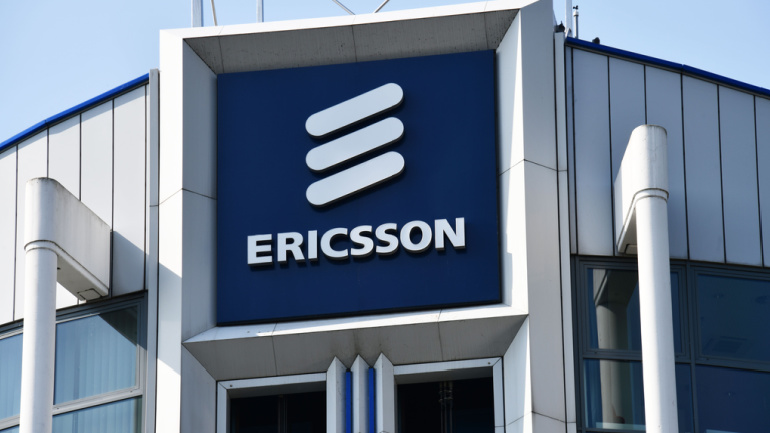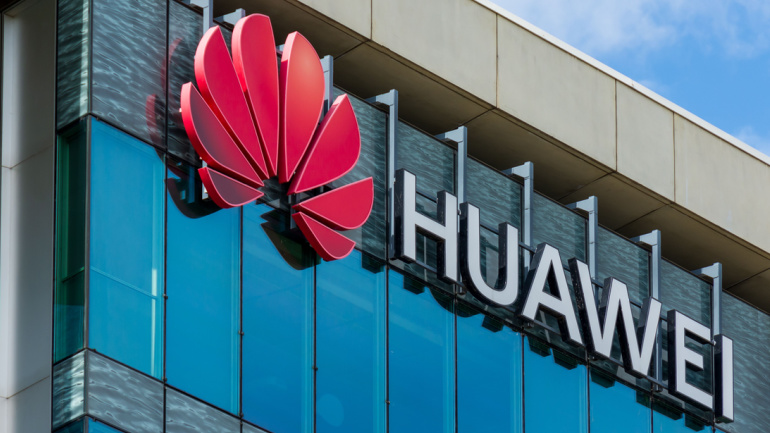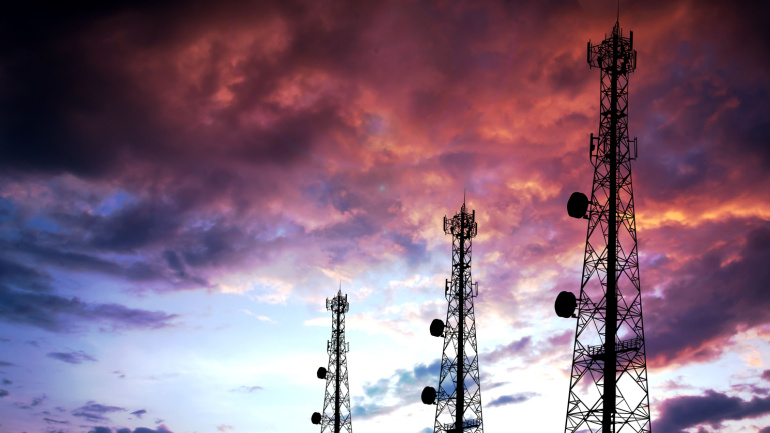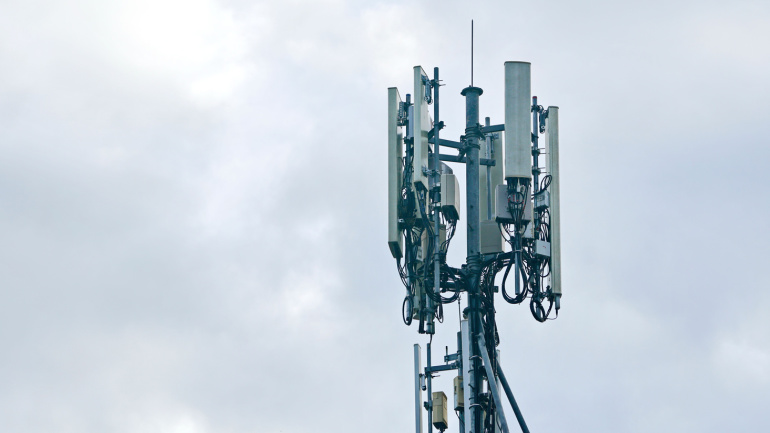The future of the intelligent world is orbiting around the power of 10Gbps bandwidth, forming the vital backbone of digital advancement. As the tech world continues to evolve, the network upgrades, too, strive to match pace, evident in the successful transition from gigabit to more powerful 10Gbps optical networks, or F5.5G. Huawei stands at the helm of this transition, providing comprehensive solutions for operators. With new-age high-speed, low latency connections, and a focus on enhanced user experiences, the stage is being set for the world’s leap into the F5.5G era.
IBM and AWS are joining forces to enhance generative AI solutions. IBM Consulting will train 10,000 consultants in AWS generative AI by 2024, offering services like Contact Center Modernization with Amazon Connect. Sinch is partnering with Webex by Cisco to launch Sinch Calling with Webex, an integrated product combining messaging, meetings, and voice capabilities. Ooma is expanding its services to the Asia Pacific region to support IWG’s work solutions, providing phone and unified communications services. Connectbase is expanding data capabilities in The Connected World platform, offering detailed tenancy data for network operators expanding in the UK and Ireland.
In light of Ericsson’s mounting tension with Lenovo and Motorola Mobility for suspected patent infringement, the telecom giant invites a discussion on the significance of intellectual property rights in fostering innovation. An influx in Ericsson’s licensing revenue, along with recent 5G legal victories, underscores this issue within the tech landscape.
Huawei’s Richard Jin turned heads at UBBF 2023 with a keynote speech outlining a future-oriented, three-phase network construction plan. This innovative plan hinges on enhancing video experiences, improving network user experiences and integrating AI. By striving to transition from traditional copper lines to FTTH all-optical networks, it aims to ensure seamless video interactions. Subsequently, it intends to cater to increasing demand for diversified digital applications via gigabit services. The finale points towards an AI-integrated, all-optical computing plan aligned with F5.5G development, potentially revolutionizing current industry norms.
The Ultra-Broadband Forum 2023 has seen industry leaders propose the revolutionary 10 Gbps City Initiative, aiming to construct digitally transformative and ultra-connected cities. Beyond being a mere term, the 10 Gbps City represents a significant shift in infrastructural development. This ambitious project hints at the power of telecommunications transformation, driving the digital economy to unexplored territories. Governments hold the key role in accelerating these changes, as they can bridge digital divides and facilitate universal digital services.
5G and AI are more than just buzzwords; they’re shaping up to become the backbone of technological breakthroughs. Their ultra-fast capabilities are key for advancements including IoT and intelligent automation. However, with high speed comes high stakes, particularly in the domain of cybersecurity. Yet, despite potential risks, the limitless possibilities offered by 5G and AI, whether it’s efficiency gains or real-time interactivity, are compelling. This combination is set to revolutionize industries, driving anticipation for what lies beyond the tip of this transformative iceberg.
Anticipation builds as the international telecommunication industry readies for the 2023 Global Telecoms Awards, offering a glimpse of the brightest advancements in the sector. This year’s fierce competition promises a thrilling revelation on November 30th, stretching from top-shelf 5G innovations to groundbreaking strides in AI and sustainable telecom solutions. Coinciding with the awards, the Future Vision Executive Summit promises to stimulate discussion on pressing telecom industry topics. Don’t miss out, the future of telecommunications unfolds here.
In a pioneering collaboration, Samsung, Vodafone, and Orange have achieved a significant breakthrough by completing the first 4G calls over shared networks in rural Romania using Open RAN technology. This milestone, with the promise of integrating 2G and 5G, signifies a transformative step towards more efficient, sustainable, and innovative telecommunications.
Telecom giants Vodafone and Orange are breaking new ground with the first real-life 4G calls over a common shared network in an Open RAN setting. Stemming from a landmark endeavor near Bucharest, this initiative provides a glimpse into the potential strengths of an Open RAN-based network. What’s more? The progress doesn’t halt at 4G. The duo are set to soon take down another first – operating 2G and subsequently 5G, over shared Open RAN sites. Both operators see this as a model for extending mobile networks throughout rural Europe.
Taking leaps in autonomous network management, Telefónica skillfully navigates the complex landscape, developing standards and aligning with recognized organizations. With their Autonomous Network Journey program, they unravel the value of AI and machine learning at multiple levels. With successful solutions like Vivo Config, they’ve achieved substantial work savings and dramatically reduced network alarms and reworks, while actively focusing on energy efficiency and emissions reduction – invaluable attributes in the era of sustainability.













